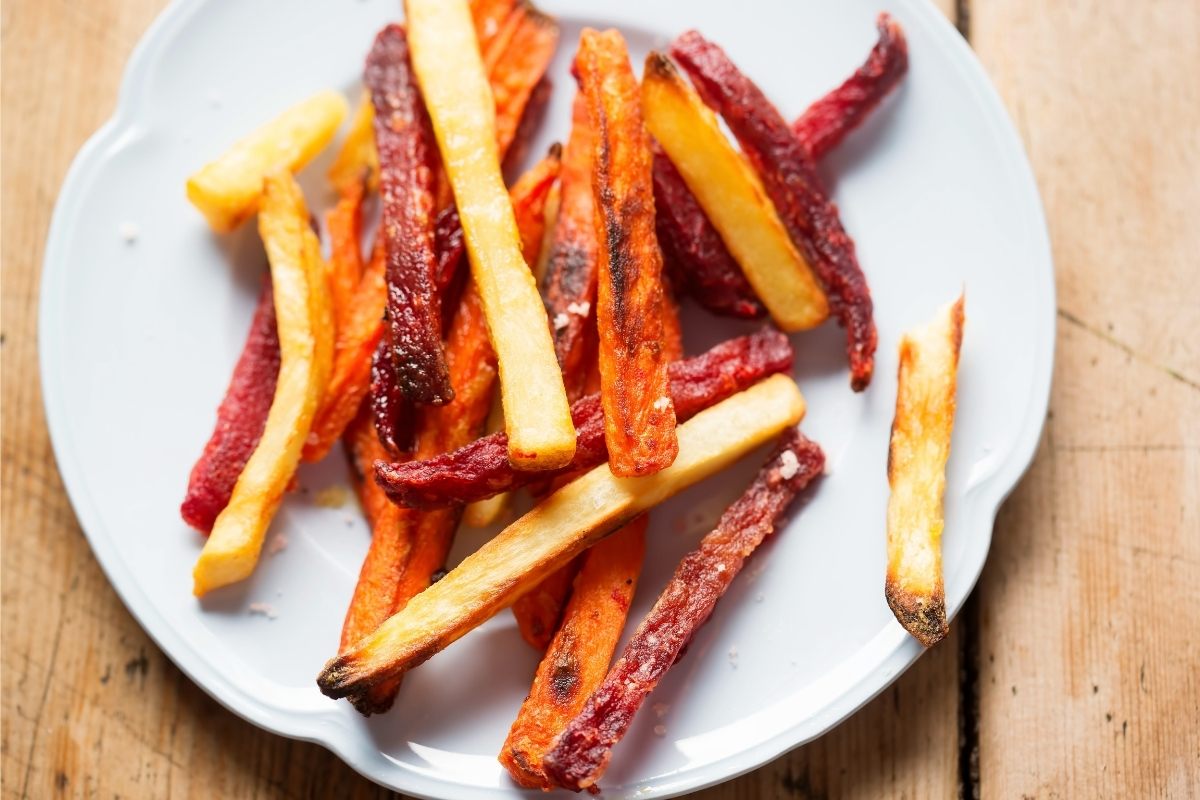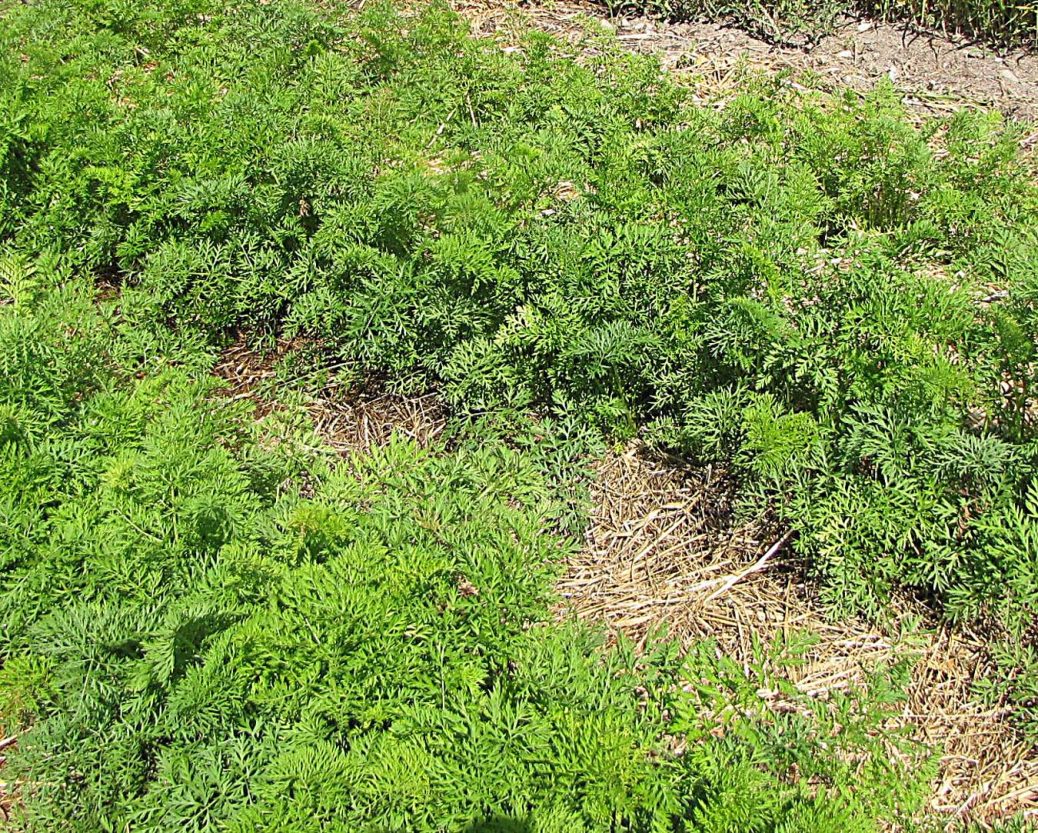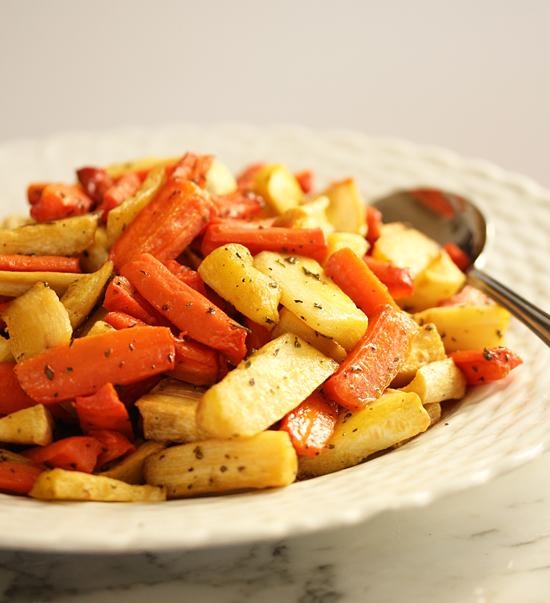

Thin the carrots to 2 to 3 inches between plants when they are 1 to 2 inches tall. This method will allow the seeds to stay wet and prevent crusting.

Water the row soon after planting is complete. Then, instead of covering with soil, cover the seed 1/8-inch deep with sawdust, vermiculite or manufactured potting soil. Try mixing carrot seed with dry sand to get even distribution.


Carrot seeds are very small, and it is difficult to obtain a stand if the soil is crusty. Plant carrots in rows 12 to 18 inches apart with a quarter-inch between the seeds. When grown in heavy clay soils, the carrot roots will grow poorly, and they may be forked or misshaped.
#CARROTS AND PARSNIPS FREE#
It is important to plant carrots early enough in the spring to ensure that the crop is harvested before early summer.Ĭarrots near maturity that are allowed to remain in the garden under high temperature conditions tend to develop a strong flavor and roots that are coarse and fibrous.Ĭultural Practices: Carrots prefer a good-textured, loamy or sandy soil that is free of stones and clods. The optimum soil temperature for seed germination is 55 to 75 ☏. Planting: Carrots ( Daucus carota) are cool-season plants that grow best at average temperatures between 60 and 65 ☏. Smith, ©2016 HGIC, Clemson Extension Carrot For more information, please see HGIC 1253, Controlling Weeds in the Vegetable Garden.Ĭarrots ( Daucus carota) are cool-season plants that grow best at average temperatures between 60 and 65 ☏.īarbara H. Keep the cultivation shallow to avoid root injury. Shallow cultivation and organic mulches are the best methods for weed control in the home garden. Weed Prevention: Weed control is important, especially during the early stages of development, because these crops are poor competitors with weeds. For more information, please see HGIC 1260, Watering the Vegetable Garden. If a uniform supply is not provided for carrot growth, then cracks, strong flavor, and coarseness in the roots may develop. The critical periods for water are during stand establishment and root development. Water the garden sufficiently to moisten the soil to a depth of 6 inches. The garden should be watered in the morning so that the foliage is dry before dark. Watering: Water the garden to provide a uniform moisture supply to the crop. For more information, please see HGIC 1254, Fertilizing Vegetables. More frequent sidedressing may be required if the garden is sandy or if leaching rains occur. Sidedress with either calcium nitrate at 2 pounds per 100 feet or 34-0-0 at 1 pound per 100 feet of row. Sidedress fertilize these root crops when plants are 4 inches tall. For more information, see HGIC 1652, Soil Testing. If a soil test has not been taken, apply 5-10-10 fertilizer at 30 pounds per 1,000 square feet of garden before planting. The garden should be limed to a soil pH of 6.0 to 6.5 for the best growth of these root crops. Due to the short time from seeding to harvest, radishes can be a fun crop to plant with young children.įertilizing: It is best to base fertilizer and lime applications on the results of a soil test. Root crops all need a loose, friable soil, and compost, manure or other soil conditioners can be incorporated into the garden before planting to improve the quality of both the soil and the roots to be harvested. Carrots, beets, radishes, and parsnips can all be successfully grown throughout South Carolina, and these can all be planted for both spring and fall crops.


 0 kommentar(er)
0 kommentar(er)
